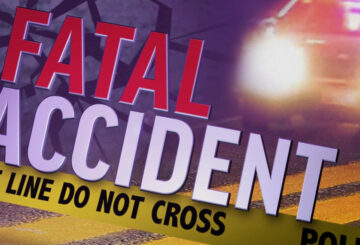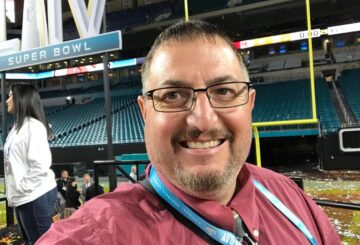Roundabouts and resurfacing will create a travel issue for many Western New Yorkers
Report by Michael T. Baldwin
New York State Department of Transportation Commissioner Marie Therese Dominguez today announced that construction is beginning on a $5.9 million project to improve the intersection of State Route 400 with State Route 16, which is also known as Olean Road, in the Town of Aurora, Erie County. The project will transform the well-traveled intersection by constructing a modern, single-lane roundabout that will improve traffic flow and enhance safety along a key commuter route linking the City of Buffalo with its southern suburbs. State Route 400, which is also known as the Aurora Expressway, also provides access to the New York State Thruway (Interstate 90) and is frequently used by travelers to reach important commercial destinations, such as the headquarters of Fisher-Price and Moog in the Village of East Aurora.
In addition to the construction of the roundabout, the project will also resurface approximately four miles of State Route 400 from U.S. Route 20A to the new roundabout in the towns of Aurora, South Wales and Holland. Four small culverts on State Route 400 will be rehabilitated to improve resiliency and reduce the risk of flooding. Additionally, guiderail, pavement markings and traffic signs will be installed.

Flashing beacons will be placed at entries to the roundabout and audible roadway delineators – which are raised markers in the pavement that create a sound when a vehicle runs over them – will be added along the shoulders of State Route 400 and on the centerline and shoulders of State Route 16 from the roundabout to just south of North Canada Street to help keep drivers alert and enhance safety. New lighting and sidewalk will also be installed at the roundabout.
Roundabouts are engineered to maximize safety and minimize congestion. Compared to traditional intersections, traffic flows more freely through roundabouts, cutting congestion and commute times. Reduced vehicle idling time means fewer fuel emissions and improved air quality. Crashes at roundabouts tend to be less severe because they typically occur at slower speeds. Roundabouts eliminate the need for electric-powered traffic signals. They also contribute to aesthetically pleasing landscapes. For tips on how to safely navigate a roundabout, check out this helpful instructional video.





